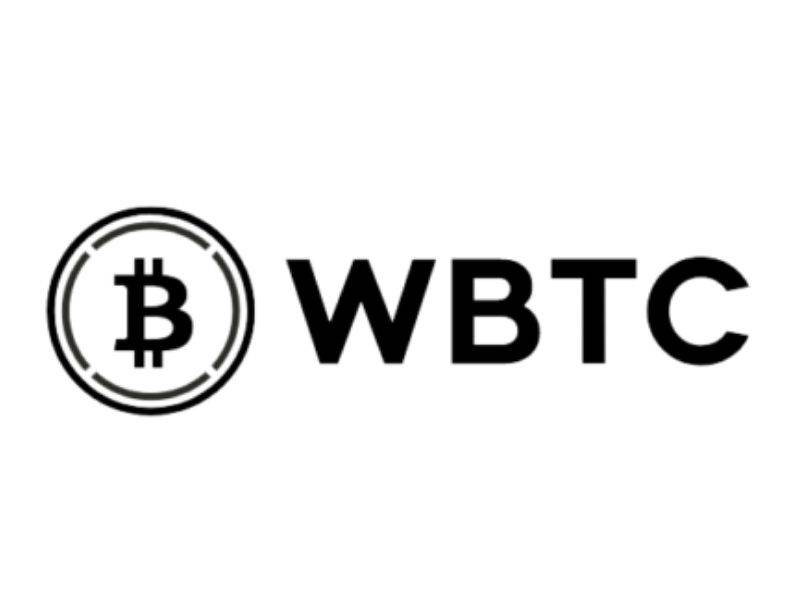
Why Wrapped Tokens Like wBTC Are Important in Crypto
Interoperability, the key concept
In the world of blockchain and decentralized finance (DeFi), interoperability is key. However, most blockchains are isolated ecosystems, Bitcoin can’t talk to Ethereum, and Solana doesn’t natively understand Cardano. That’s where wrapped tokens come in.
One of the most well-known examples is Wrapped Bitcoin (wBTC), but this idea applies to many others: wETH (wrapped Ethereum), wSOL (wrapped Solana), and more. Let’s break down what wrapped tokens are and why they matter.
A wrapped token is a cryptocurrency token that represents another crypto asset, but on a different blockchain.
For example:
- wBTC is a token on Ethereum that represents 1 BTC.
- It’s fully backed 1:1 by real BTC, held in reserve by a custodian.
- It behaves like any ERC-20 token, meaning it can be used in Ethereum based smart contracts.
Think of it like putting Bitcoin in a sealed vault and getting a receipt you can use elsewhere. You can redeem that receipt at any time to get your original Bitcoin back.
Benefits of Wrapped Tokens:
- Cross-Chain Interoperability: Wrapped tokens allow assets like Bitcoin to be used on other blockchains. For example, Bitcoin itself can’t be used on Ethereum.
- But wBTC lets you interact with Ethereum’s DeFi platforms (Uniswap, Aave, Compound, etc.) using BTC value.
- Liquidity for Defi: wBTC provides BTC holders with a way to contribute liquidity without selling their BTC. It brings billions of dollars worth of BTC value into Ethereum DeFi protocols.
- Faster Transactions: Bitcoin is secure, but relatively slow. Transactions take around 10 minutes per block. Wrapped BTC (on Ethereum) can move much faster thanks to Ethereum’s faster block times and Layer 2 solutions.
- Other wrapped assets can also leverage speed and lower fees on alternative chains.
Bitcoin doesn’t support complex smart contracts:
- On Ethereum (or other chains), wrapped tokens can be used in smart contracts for lending, staking, trading, and more.
Wrapped tokens can be:
- Traded on DEXs (decentralized exchanges)
- Used in automated yield farms
- Staked in liquidity pools
- Collateralized for loans
Wrapped tokens are powerful, but not perfect. A few caveats:
- Centralization risk: Some wrappers are custodial (e.g., wBTC), meaning you rely on a third party to hold the real BTC.
- Smart contract risk: Non-custodial solutions (e.g., via bridges) can be hacked or exploited.
- Fees: Wrapping and unwrapping might incur transaction costs and delays.
With blockchain interoperability becoming a bigger focus, wrapped tokens are a stepping stone to a fully connected Web3 world. As new cross-chain protocols and bridges mature, we may see:
Wrapped tokens like wBTC serve a vital role in today’s crypto ecosystem. They:
- Bring liquidity to DeFi
- Enable cross-chain functionality
- Unlock new use cases for otherwise non-programmable assets
If you hold BTC, ETH, or other major coins and want to do more with your assets, wrapping them could be your gateway into a much more powerful decentralized world.
